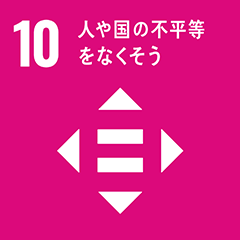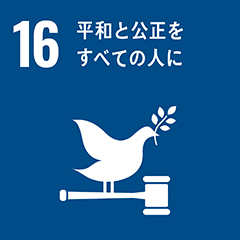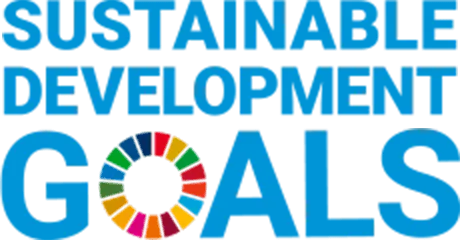Inochi Declaration
While respecting cultural diversity, cultivate empathy with others who live in the same era but belong to different cultures, and cherish the preciousness and interconnectedness of every single Inochi
Human civilization now appears to be at a significant turning point, the likes of which we have not seen in centuries. Traditional power structures, where the center exercised unilateral control over the periphery, are undergoing profound change. Today, reciprocal contact, intersection, and interaction between groups once considered either central or peripheral are occurring across the globe. In this process, however, new divisions are also emerging. Meanwhile, since the COVID-19 pandemic began in 2020, we have experienced firsthand how human life is closely intertwined with the movements of invisible viruses and bacteria. In other words, we human beings are part of the “biosphere” that embraces all forms of life. Terms like “Anthropocene” have entered common use, acknowledging that human activities exert irreversible impacts on the global environment, and compelling us to confront the necessity of planet-wide, future-oriented responses.
Despite the urgent need for global cooperation, divisive forces continue to hinder such efforts. There has never been a more pressing time for humanity to build a world where people live together while respecting different cultures, transcending linguistic and cultural barriers. More than ever, we must recognize not only the dignity of human life but also the inherent value of all forms of Inochi, and find ways for humans to live as part of that vast web of life.
Respect for diversity is fundamental to the survival of both human cultures and biological species. Yet it must be noted that neither cultures nor organisms exist in isolation or independence from others. In the case of humans, deep attachment to one’s own culture can easily lead to exclusion or discrimination against others. Therefore, we must remain vigilant against this pitfall of self-other perception.
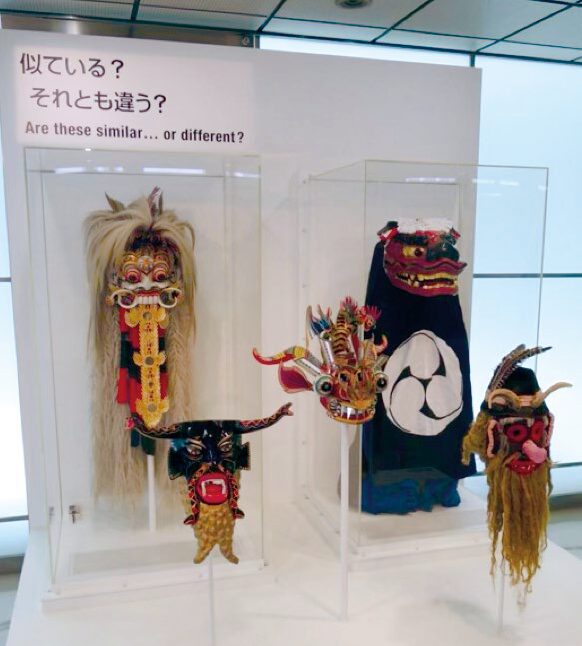
Photo: “Are they similar? Or different?”
Masks with common intimidating expressions, crafted in diverse locations worldwide.
Alongside respect for diversity, what is needed is the cultivation of connections with others—that is, an awareness of the commonality and universality we share as fellow human beings and as fellow bearers of Inochi—and a sense of empathy as those living together in the same era. At the entrance to the main exhibition hall of the National Museum of Ethnology (Minpaku) in Senri, Osaka, visitors encounter four introductory stages, each featuring a short question.
One stage asks, “Are they similar? Or different?” and displays masks from around the world. Despite their menacing expressions, the masks—crafted in places like Japan, Bolivia, and Indonesia—bear striking resemblance.
Another stage poses the question, “Are they different? Or similar?” and juxtaposes a lobster-shaped coffin popular near Accra, Ghana—crafted according to the deceased’s profession or hobbies—with a pole-shaped coffin used by Aboriginal peoples of Australia. While their forms differ, both serve the shared purpose of mourning the dead.
These two stages exemplify cultural diversity and commonality. They are designed to provide visitors with key perspectives for viewing the exhibits, while also encapsulating the core principles of cultural anthropology*1. It is vital that we always carry within us both respect for diversity and a recognition of our commonality—our shared humanity and our shared Inochi. These principles are timeless: not merely goals for 2030, but enduring human imperatives. Only when we embody these principles can we hope to build a convivial society where no one is left behind—a truly inclusive and sustainable future.
Respect for diversity and empathy toward others, as well as recognition of the preciousness and interconnectedness of every single Inochi. The Inochi Forum is confident that Expo 2025 Osaka, Kansai has served as an opportunity for people around the world to share these values, and we are committed to continuing activities that spread this awareness far beyond the Expo.
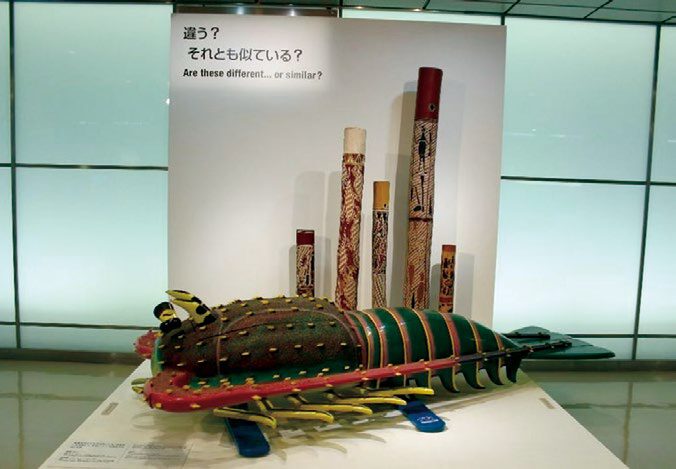
Photo: “Are they different? Or similar?”
A lobster-shaped coffin from near Accra, Ghana, used for a deceased shrimp farmer; alongside it, a pole-shaped coffin used by Aboriginal peoples in Australia. Despite the difference in form, both reflect a shared human emotion of mourning the dead.
[Notes]
*1 National Museum of Ethnology, Videotheque:
https://www.minpaku.ac.jp/exhibition/permanent/videotheque#tan
[References]
・National Museum of Ethnology:
https://www.minpaku.ac.jp/
[Action Panel Theme]
Diversity and Inclusion
[SDGs]
